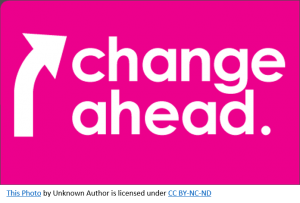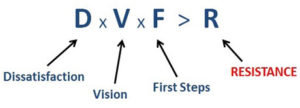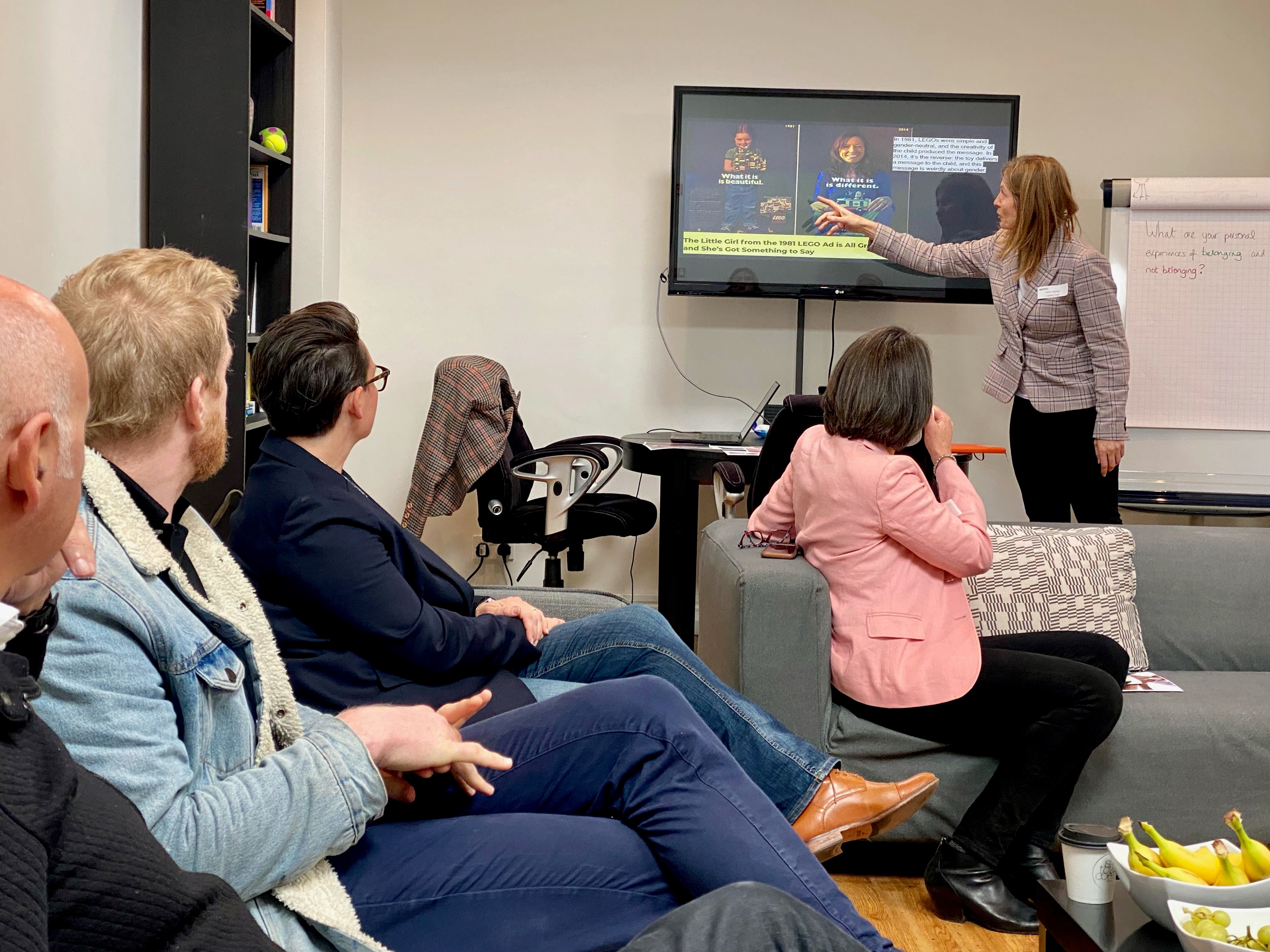Connect with us on LinkedIn for updates and the latest industry news
Why is it possible for some to see change as part of daily life, a thing that happens regardless of context? They step toward it expectantly. Whilst others stick hard and fast in the moment of now. Except that moment was actually two years ago and they are repeating the same melody. They are afraid to make a move, step outside of what they have known, experience life beyond their comfort zone.
Is our response to change on a spectrum or as black and white as polar opposites , where we either grasp and work with it or grapple with and fight it?
Change is inevitable … and the speed of change is accelerating exponentially (We love the energy of Eddie Obeng in his TEDTalk about smart failure in an every changing world. It’s one of the corner stones of our point of view on change) – so why is it still so difficult for many organisations to embrace change?

Change Ahead
Wayne Goldsmith – International Sports Coach with over 25 years experience of working elite athletes and coaches offers the following thoughts from his experience in the sports world.. and we’re interested to see similarities with business and organisational culture
His states “Why is change hard to introduce (in sport)? because people who introduce change are often seen as radicals…”
Wayne’s view is that there are two conflicting statements that contribute to this..
Change is critical – It is essential to survive. In competitive sport, the faster you can accelerate your rate of change (faster than your opposition), the more likely it is you can sustain competitiveness and win but
Sport is incredibly conservative – It is more resistant to change than almost any other area of society and some people will resist change to the point of seeing the club or sport fail if it means changing their beliefs and their position.
In his blog he defines some typical negative responses to change through different persona’s (Wayne’s 10 change killers in the original blog are worth a look)
- The Moody Apathetic – I don’t care about anything, I’m just doing my job (they are just clocking in and out, they may even be wasting time)
- The Overtly Disengaged – I’m not doing this, I’m sitting this one out, (they no longer volunteering to help, watching from the sidelines)
- The My Way’er – if changes is to happen it must be my way, I have the ideas and the process (they are self indulged and may consider others to be irrelevant)
- The Scared Hoper – I’m afraid of whats next, I don’t know where I fit in the new world (they may be sceptical of new initiatives and find security in sticking with what they know)
- The Counterfeit Supporter – I’m on board with this change, I see it needs to happen (they say all the right things when others are around but don’t follow through with actions)
We think active engagement with each of these personas (alongside your ‘change champions’) is vital to ‘getting everyone on the change bus’. (Ignore the change resistors at your peril!) Dannemillar’s change equation gives a great framework for exploring the change responses:

DxVxF>R
Dissatisfaction – we need to be clear on why the current status quo can’t continue .. whats our burning platform, our compelling reason to change? This may be personal, functional or organisation
Vision – not the corporate vision, but a clear vision for me as a proponent of the change as to ‘what is possible’
First Steps – the first concrete steps that I/we can take towards the vision
The product of these first three factors must be greater than my Resistance
There is no magic solution here, no one size fits all. Embedding change, particularly among the change resistors requires active and intentional support. Some steps could include:
- Converse – just talk, be transparent, be available as a leader
- Celebrate – the milestones and the bits in between, don’t wait until the end
- Re-visit the outcomes – what are we doing here, are we still on track
- Listen – to the words and the bits in between, the pauses, tone, intonation, pace
Change is emotive, and emotions are valid. We need to make time as leaders to guide, role model and support our teams (and ourselves) to become effective agents for change.
by Kurt Lindley




